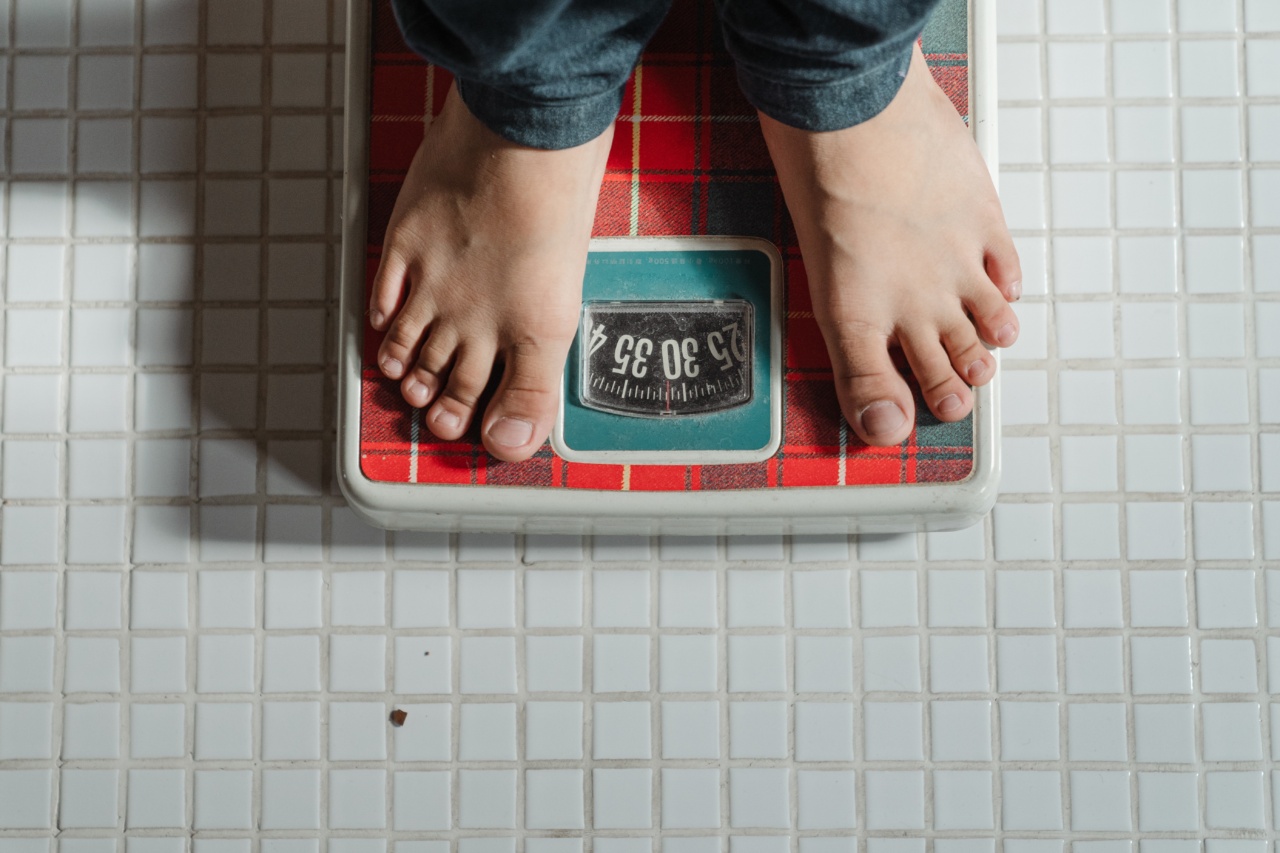Cholesterol is an essential substance that our bodies need for various functions such as cell membrane formation and hormone production.
However, when cholesterol levels go beyond the normal range, it can lead to serious health issues, including poor blood flow. Poor blood flow can have detrimental effects on our overall health and well-being. In this article, we will discuss three feet signals that may indicate that your cholesterol levels are not in control.
1. Cold Feet
Do you often suffer from cold feet, even when the weather is warm? Cold feet could be a sign of poor blood flow due to high cholesterol levels.
When cholesterol builds up in the arteries, it can cause narrowing and hardening, making it difficult for blood to flow freely. As a result, your extremities, such as your feet, may not receive an adequate blood supply, leading to the sensation of coldness.
2. Numbness or Tingling Sensation
If you frequently experience numbness or a tingling sensation in your feet, it could be a warning sign of poor blood flow caused by high cholesterol.
The narrowing of arteries due to cholesterol plaque can restrict blood flow to the nerves, resulting in these uncomfortable sensations. This condition is known as peripheral neuropathy, and it often occurs in individuals with high cholesterol levels.
3. Slow Healing Wounds
Poor blood flow can also impact wound healing. If you notice that wounds on your feet take longer to heal than usual, it could be an indication of cholesterol-related blood flow issues.
When blood flow is compromised, the delivery of essential nutrients and oxygen to the wound site is hindered, delaying the healing process.
Prevention and Management
To ensure your cholesterol levels are under control and prevent poor blood flow, it is essential to make lifestyle modifications and seek medical guidance. Here are a few tips:.
1. Balanced Diet
Adopting a balanced diet that is low in saturated fats and cholesterol can help manage your cholesterol levels. Incorporate fruits, vegetables, whole grains, and lean proteins into your meals.
Avoid processed foods and opt for healthier cooking methods, such as baking, grilling, or steaming.
2. Regular Exercise
Engaging in regular physical activity is crucial for combating high cholesterol and improving blood flow. Incorporate aerobic exercises, such as brisk walking, cycling, or swimming, into your routine.
Aim for at least 150 minutes of moderate-intensity exercise per week.
3. Quit Smoking
Smoking damages blood vessels and contributes to the accumulation of cholesterol plaque in the arteries. Quitting smoking is an effective way to reduce the risk of poor blood flow and related complications.
Seek support from healthcare professionals or support groups to assist you in the quitting process.
4. Medication
In some cases, lifestyle changes alone may not be sufficient to manage cholesterol levels. Your healthcare provider may prescribe medications, such as statins, to help regulate your cholesterol levels.
It is essential to follow the prescribed dosage and attend regular check-ups to monitor your progress.
5. Regular Check-ups
Regular check-ups with your healthcare provider are crucial for monitoring your cholesterol levels and assessing your overall cardiovascular health.
During these visits, your healthcare provider can evaluate your cholesterol levels through blood tests and provide advice on necessary lifestyle modifications or medication adjustments.
Conclusion
Poor blood flow can be a red flag for uncontrolled cholesterol levels. It is essential to pay attention to your feet as they may exhibit signs of poor blood flow, such as coldness, numbness or tingling sensations, and slow wound healing.
By adopting a balanced diet, engaging in regular exercise, quitting smoking, considering medication if necessary, and attending regular check-ups, you can take control of your cholesterol levels and improve your overall cardiovascular health.



























